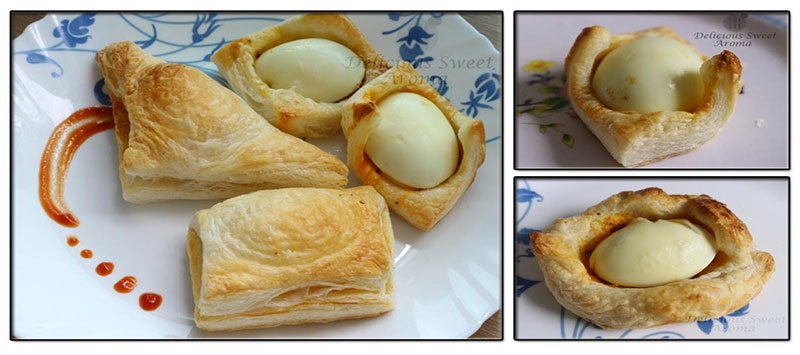
Between the layers
Ajith M S
IV MA, Journalism and Mass Communication
Food does not just sustainlife; it is one substance that gives life a meaning. If you are in doubt, think about the sliced egg puff that we all have carelessly munched during our school days. Feeling nostalgic?Well, that explains it. An egg puff can be considered as an allegory to life. To enjoy the essence of it, one has to go through the layers of hardships and obstructions.Similarly in an egg puff;beyond the layers of flakey nothingness that is tough to mouth, is the aromatic masala filled boiled egg; waiting to meet our taste buds.
The bond between a puff and life does not end there. It is the breakfast of a penniless pauper, and for college goers, who are away from hometake refuge in the bakeries. It is this one bakery snack that emulates the feel of having a whole breakfast without the struggle of making one.
Despite its incomparable dominance across bakeries, little is known about its origins. Its origins were so archaic that even Nazeer, with over four decades of baking experience is clueless about it. But according to Tara D, a culinary expert, puff has colonial origins. She says that it is borrowed from the famed Cornish pasty which was carried to India and other British occupied territories through soldiers from Cornwall, England.
But Nazeer was defiant to this idea. He was ready to accept the voyage of cake to India through British invaders but not the egg puff. He guesses it to be a Burmese import like the biscuits. Visually, however, the egg puff has more similarities to the French Puff Pastry, which is an easy to pack variation of a stuffed pie. And the crust or the Filo exists only to preserve its fillings. During olden days, people used to discard the outer covering before eating the filling.
To conclude a distinct origin for egg puff would be absurd, because the food that we eat today have not just crossed many miles; it has crossed a million hands to reach its current form. As the Malayalam proverb goes:“Just finish the pancake, why count the blowholes.”